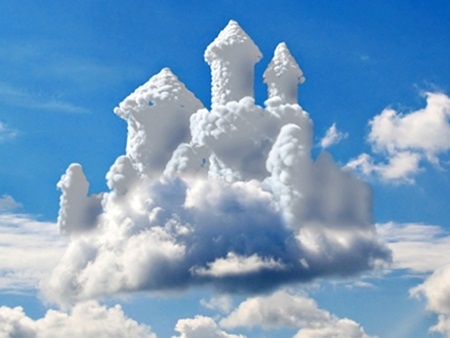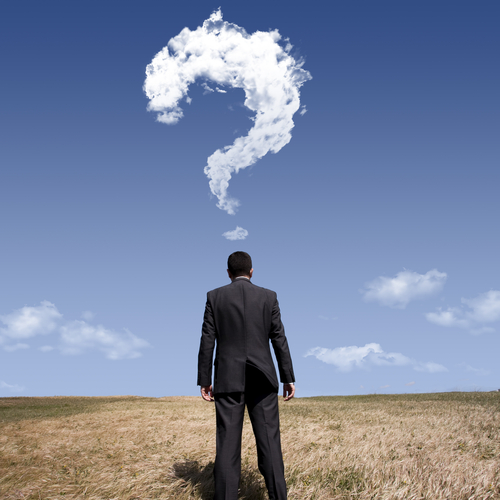It’s scary watching water-tankers flying over your house and dropping their loads only a couple of blocks away onto a towering ball of flame that we could see—and feel.
My home is less than a mile from the gas-line explosion that happened in San Bruno, Calif., on Thursday afternoon. San Bruno is a sleepy little bedroom community near San Francisco International Airport. Part of the city is industrial, but most is residential. The Crestmoor area, where the high-pressure gas main exploded, is a nice, tree-lined neighborhood we drive past every day.
Fortunately, my family is safe and our home is safe. But this is a huge disaster. Many people were killed and injured. More than 50 homes were destroyed and more than 100 houses were damaged. Perhaps you’ve seen the photos or video on television or on the Internet. It’s unreal. Thankfully, modern technology helped keep people in touch during the evening and throughout the night.
Of course, you can’t count on consumer-grade telecommunications during man-made or natural disasters. Phone lines, power lines, cellular transmission towers, all are vulnerable to damage or overloading. The only technologies that aren’t affected are free-standing radio systems, such as those used by emergency services or amateur radio operators. But there’s no doubt that the miracle of modern technology plays a vital role.
One of the first things that my wife, my son and I did after the explosion was get onto Facebook and post, “We’re okay.” That helped our far-flung friends and family who saw “San Bruno disaster” on the news and had no idea if we were affected. After all, this was a story that was covered not only in northern California, but also across the nation and around the globe.
Using Facebook, e-mail, text messaging and calls to mobile phones, we (and many others) inventoried our friends to make sure that everyone was okay and to see if anyone needed help. While computer technology doesn’t help directly—it didn’t prevent the fire, help put out the fire, save lives or save homes—it did comfort the community.
Without tools like Facebook or e-mail, the uncertainty would have been greater, and the heartache even deeper.
This has been a terrifying experience. As a former firefighter myself (back in the 1980s), I’ve trained for disasters, but have never seen or imagined anything on this scale. Frankly, we’re overwhelmed.
Our heart goes out to everyone affected by this terrible tragedy.
Alan Zeichick is editorial director of SD Times. Follow him on Twitter at twitter.com/zeichick. Read his blog at ztrek.blogspot.com.






